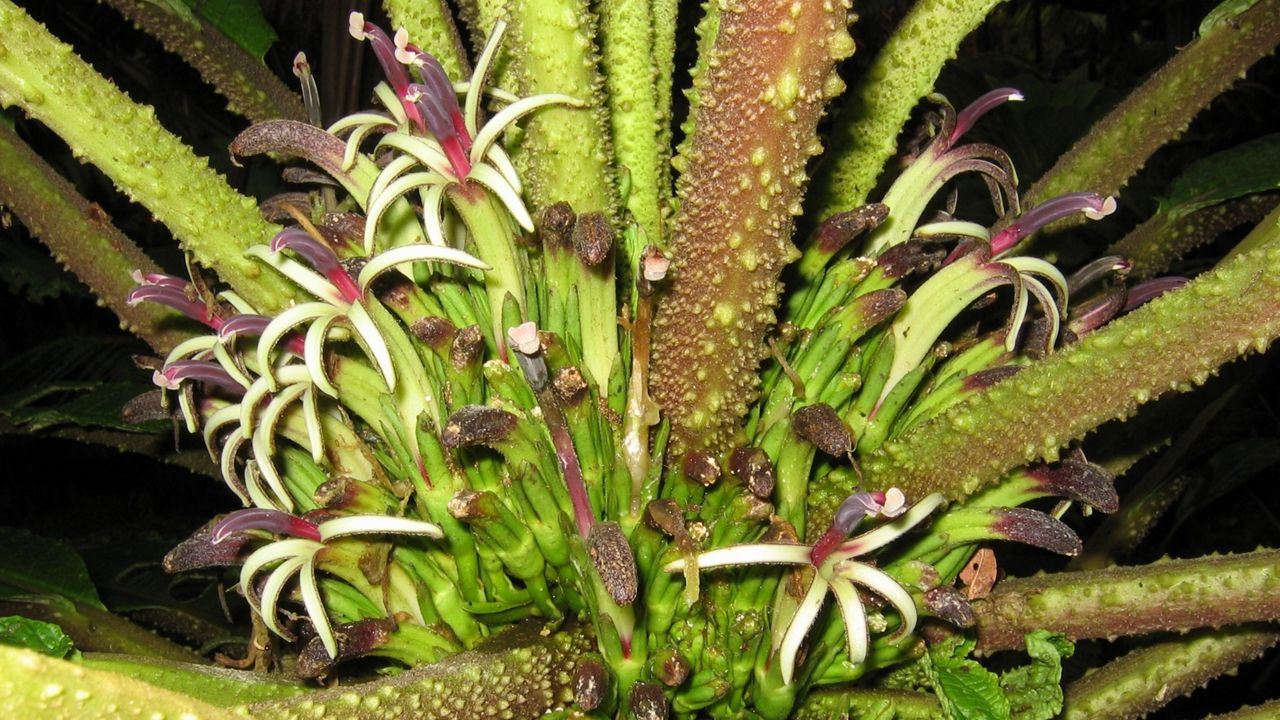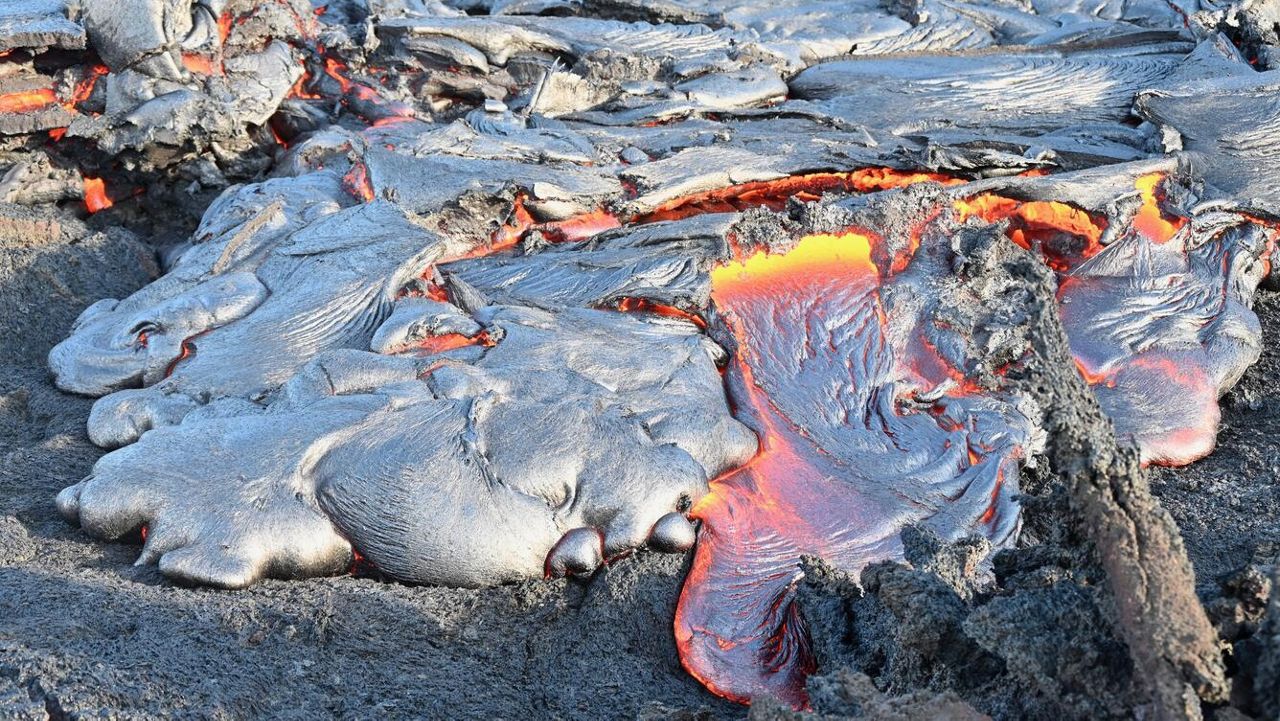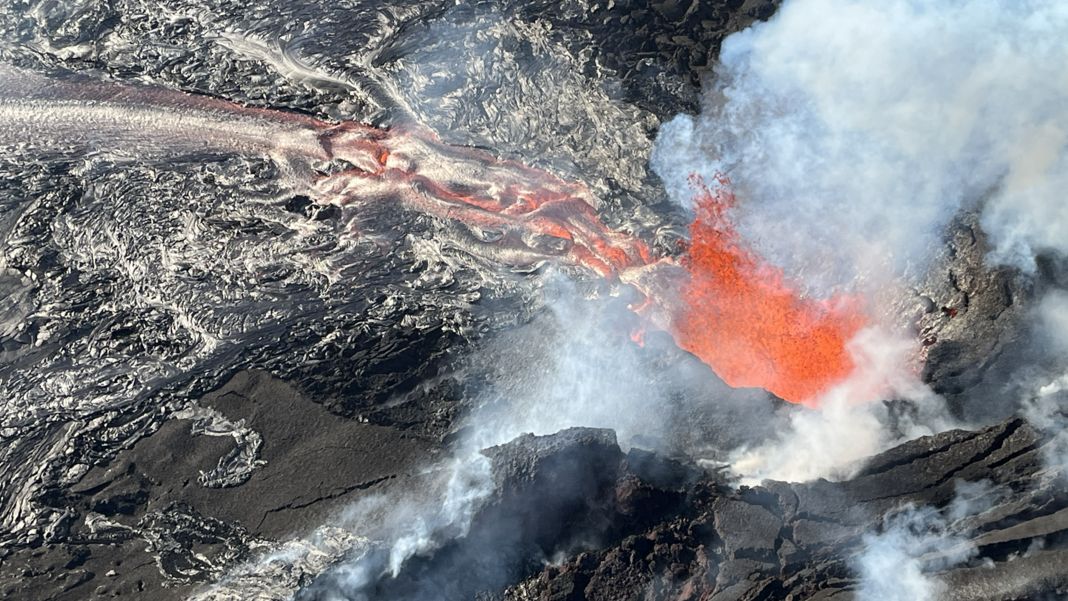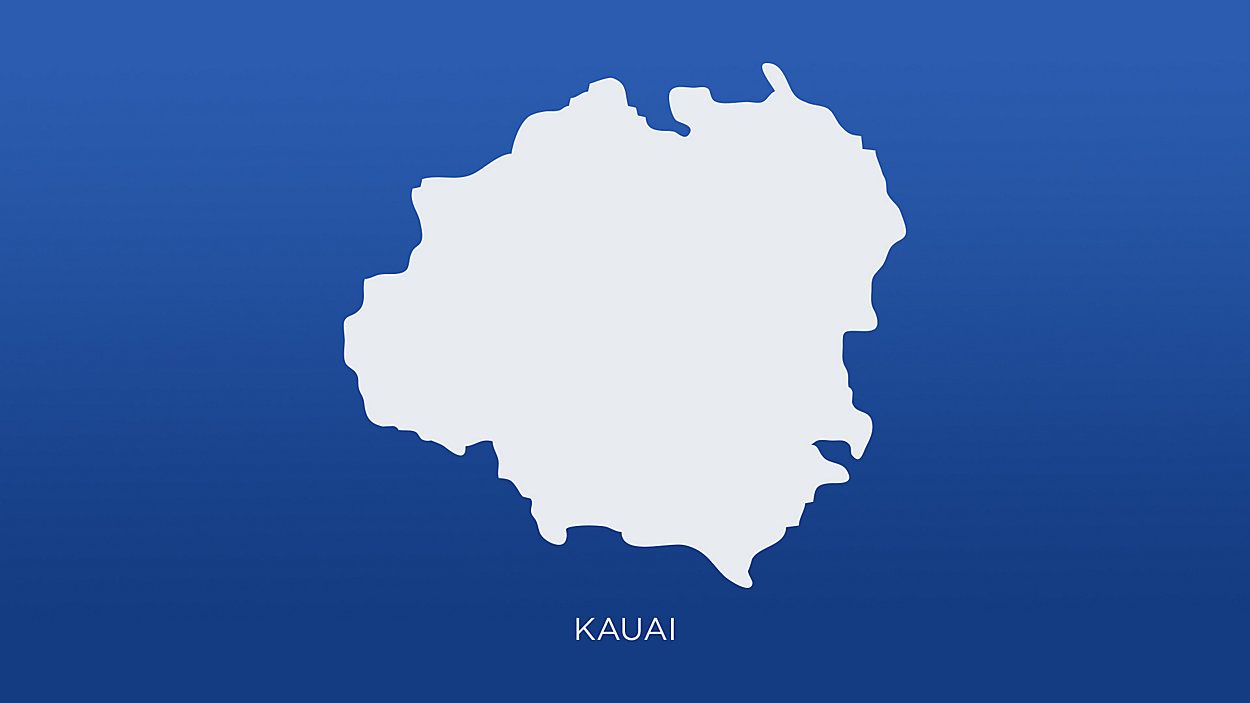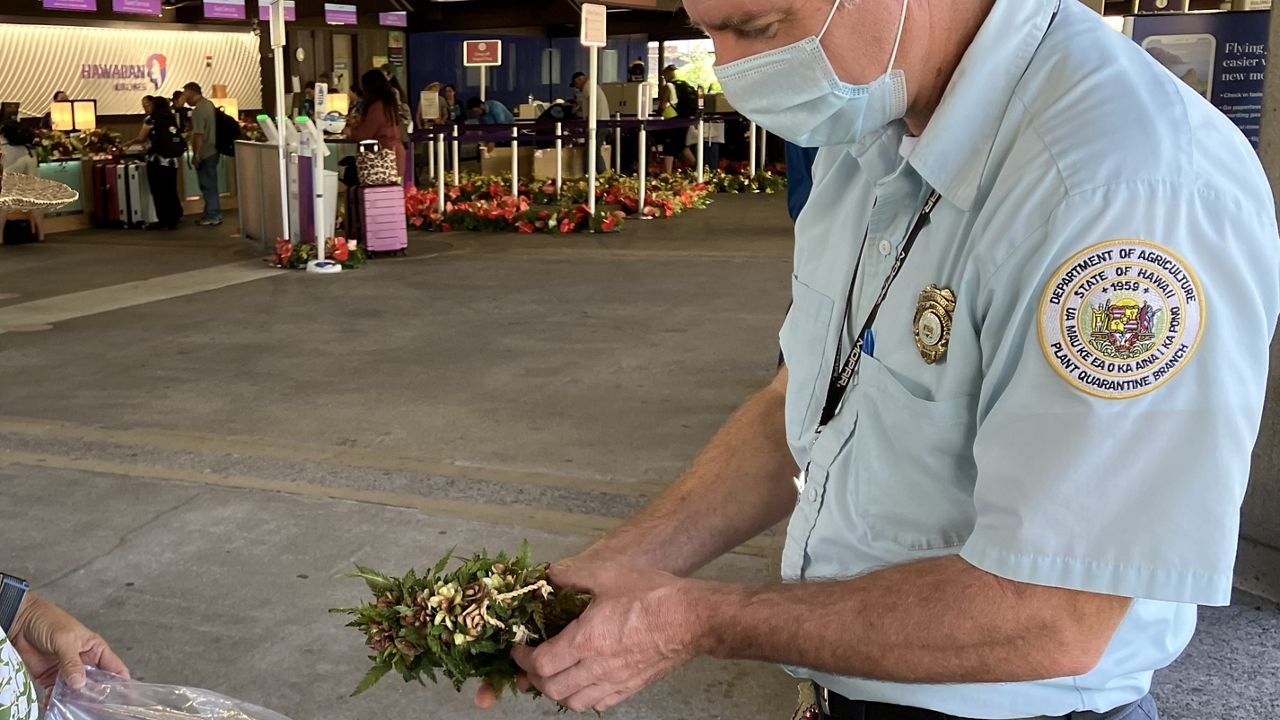The U.S. Fish and Wildlife Service is designating nearly 120,000 acres of federal, state, private and public lands on Hawaii Island as critical habitat for 12 endangered species.
The rare wildlife includes 11 plants and a picture-wing fly, which are only found on Hawaii Island.
“We grouped the 12 species in this designation based on their interconnectedness and reliance on ecosystems found only on the island of Hawaii,” said Lasha-Lynn Salbosa, Pacific Islands Fish and Wildlife Office listing and classification manager, in a news release.
The designation comes after the Center for Biological Diversity sued the federal agency for not designating critical habitat after the species were listed in 2013 as endangered under the Endangered Species Act, according to a news release. The ESA requires the USFWS to designate critical habitat for any endangered species. The critical habitat designation means these areas have been identified as essential for the conservation of the species.
“This is terrific news. There’s just no way to save these severely endangered species without protecting and restoring the places they call home,” said Maxx Phillips, Hawaii director at the Center for Biological Diversity. “Protecting habitat is a crucial step, but more needs to be done to address threats from fire, development and invasive species like rats and non-native grasses.”
The critical habitat includes 21 distinct areas, which stretch from the coast through dry forest and grasslands to rainforests on the slopes of Mauna Kea and Mauna Loa. These areas face threats of habitat loss and degradation because of agriculture, urbanization, ungulates, fire, drought, erosion, invasive species, predation, and more.
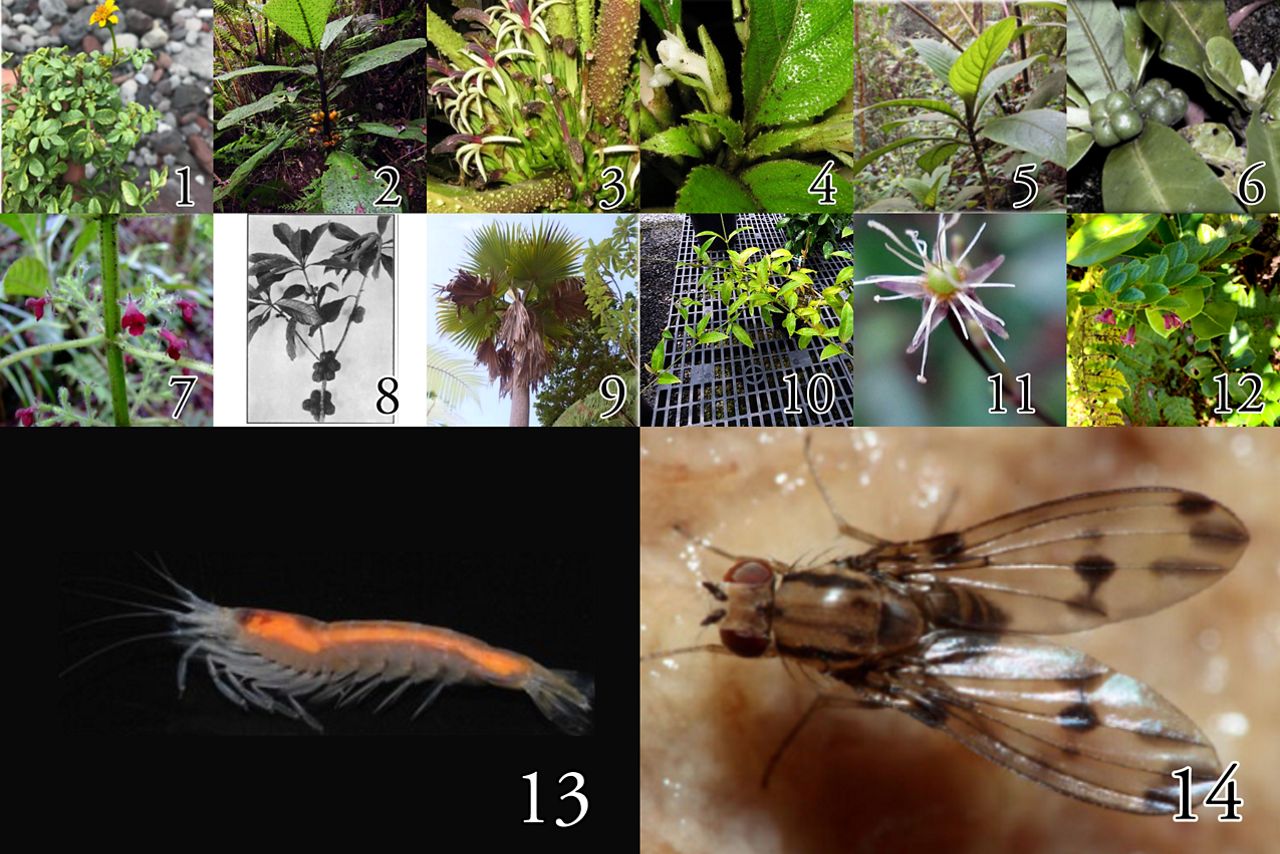
An earlier proposed designation of critical habitat also included the loulu palm and ʻopāe pond shrimp, but USFWS decided against the designating critical habitat for these species because they believe this would increase the likelihood these species would be taken by collectors.
The U.S. Department of Defense’s Pohakuloa Training Area was excluded from the critical habitat. However, it is the only place where the māʻoliʻoli plant, or schiedea hawaiiensisi, is found, according to the Center for Biological Diversity. Fires caused by the military’s training activities threaten the dry forests where they live.
Michelle Broder Van Dyke covers the Hawaiian Islands for Spectrum News Hawaii. Email her at michelle.brodervandyke@charter.com.





